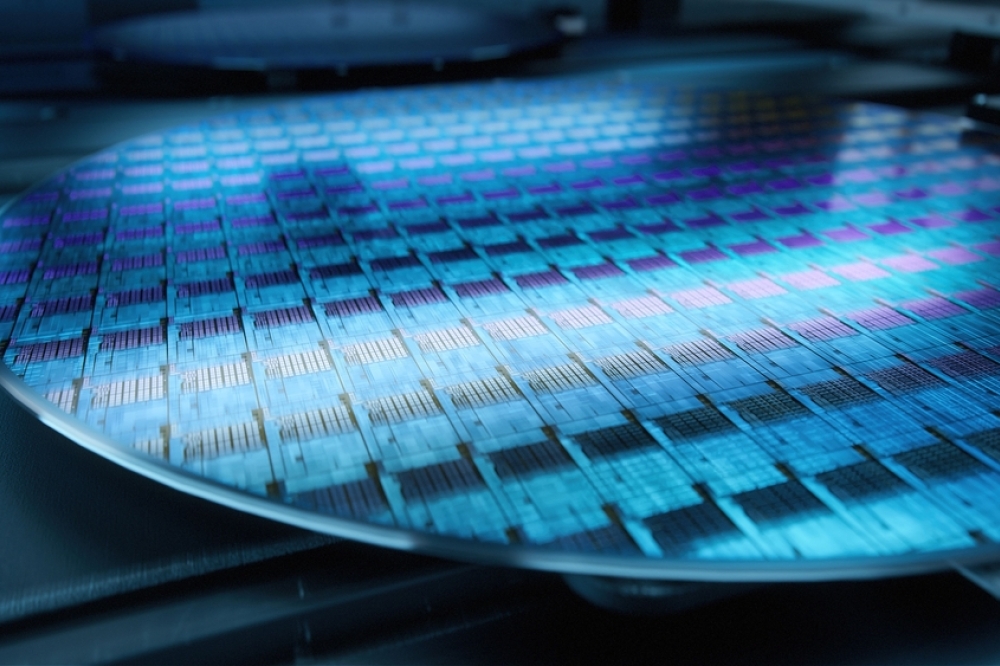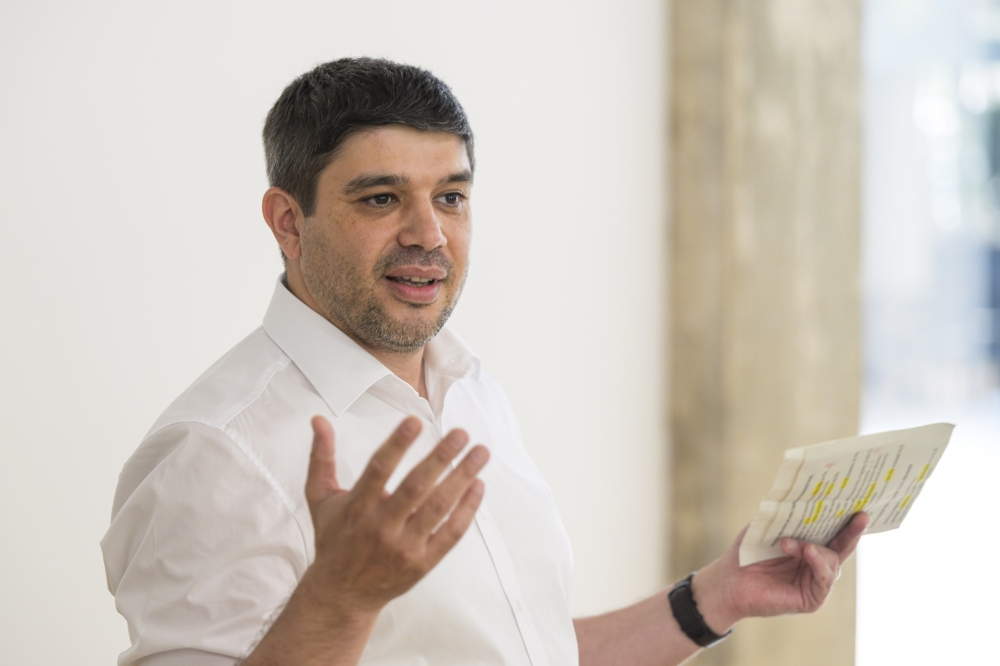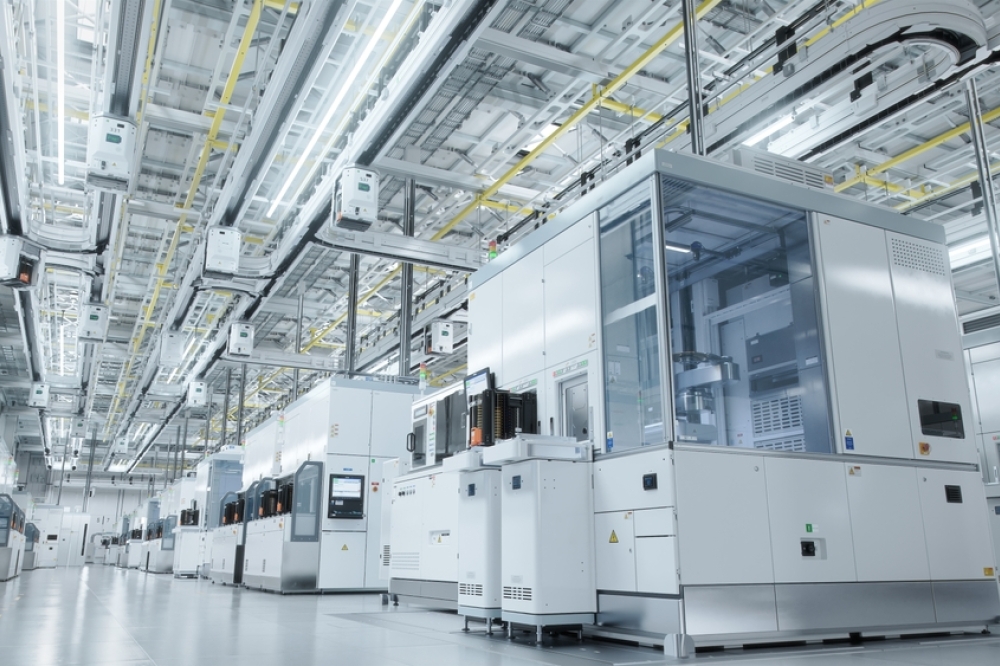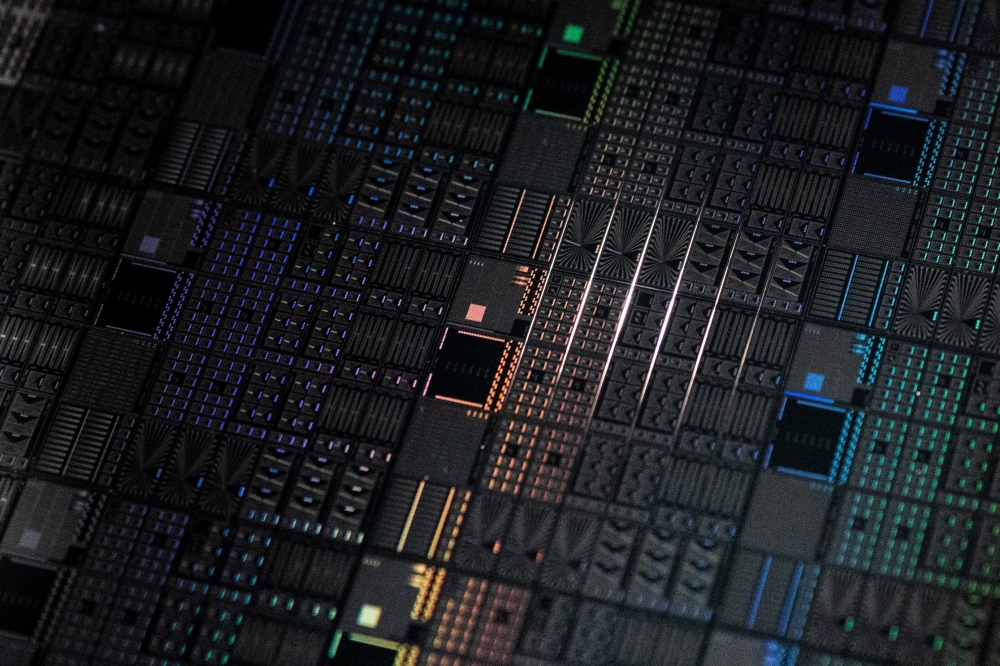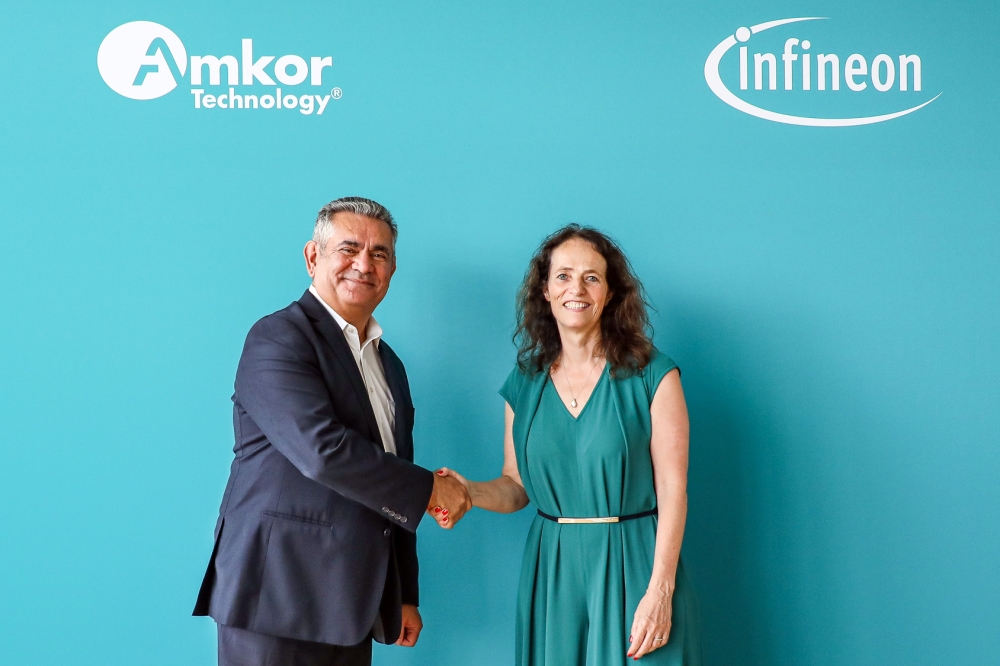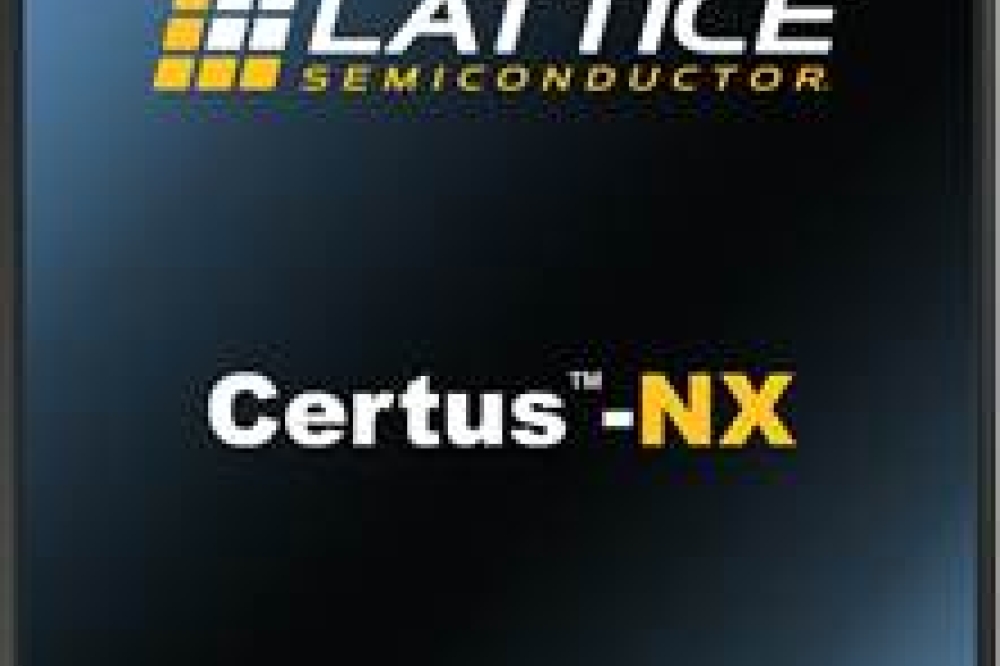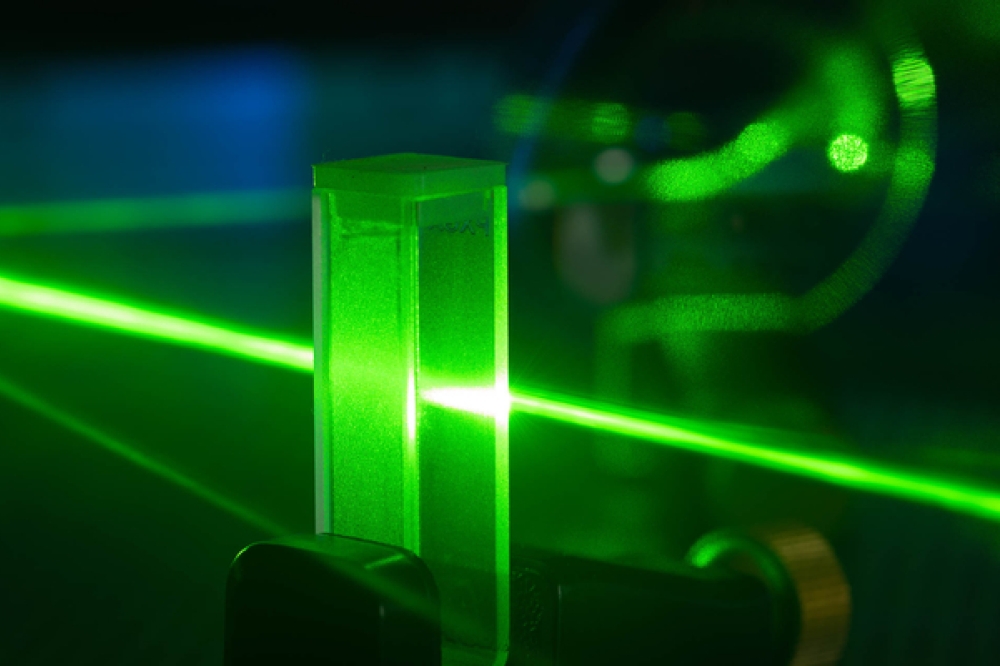New semiconductor device could lead to better photodectectors

Photodetectors are semiconductor devices that convert incoming light into electrical signals. They are used in a vast array of products, from visible and infrared light detection systems to television remote controls.
Perovskite is an organic-inorganic hybrid material with a crystal structure that is extraordinarily efficient for converting light into electricity. In recent years, the use of perovskite materials has led to rapid advances in the efficiency of solar cells.
Now a research team led by Yang Yang, the Carol and Lawrence E. Tannas Jr. Professor of Engineering at the UCLA Henry Samueli School of Engineering and Applied Science, has developed a photodetector that uses thin coatings of perovskite "” rather than silicon or other common materials. The perovskite coating is roughly 300 nanometers, about the width of a single bacterium, while the silicon layer in common photodetectors is 100 micrometers, or more than 330 times as thick.
As a result, the device efficiently and quickly transports signals with minimum loss. It also offers improved sensitivity under dim light.
The research was published today in Nature Communications.
"This device has the potential to improve the efficiency and contrast in optical sensors used in various applications," said Yang Yang, principal investigator on the research and a member of the California NanoSystems Institute. "Production requires less energy and time than is currently needed to make photodetectors, and so promises to make manufacturing on the industrial scale very cost-efficient."
The photodetector is made using a process that essentially coats layers of the device in a liquid form of perovskite at roughly 300 degrees Fahrenheit. The process doesn't require the energy-consuming high heat or powerful vacuum procedures used to develop today's commercial photodetectors.
Researchers also inverted the typical design of a perovskite-based photovoltaic cell, altering the materials that interface directly with the perovskite layer to improve its performance, especially response speed.
"Our innovation is using the perovskite material on a photodetector, and then putting it in the proper structure so that the material can work most efficiently," said Ziruo Hong, one of the authors of the paper and a research engineer in Yang Yang's lab.
In addition to Yang and Hong, other authors on the work include Letian Dou, who since working on the research has earned a Ph.D. in materials science; graduate student researchers Yang "Micheal" Yang and Wei-Hsuan Chang; post-doctoral researcher Jingbi You; and research engineer Gang Li.



